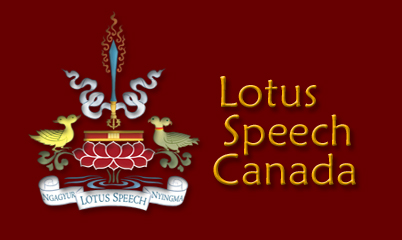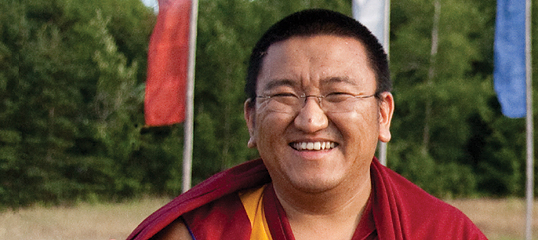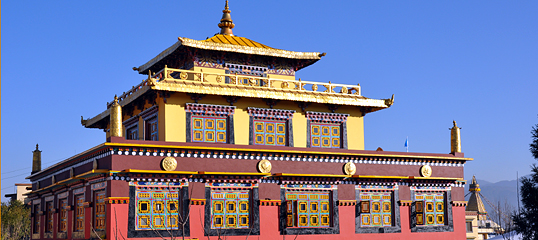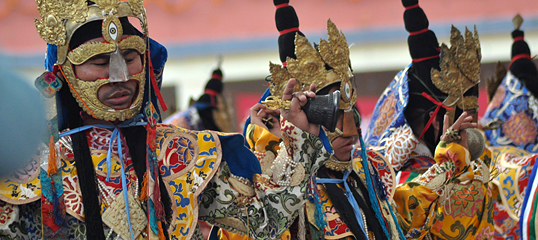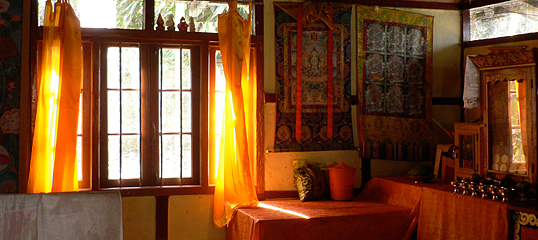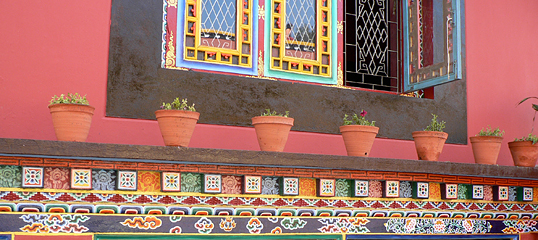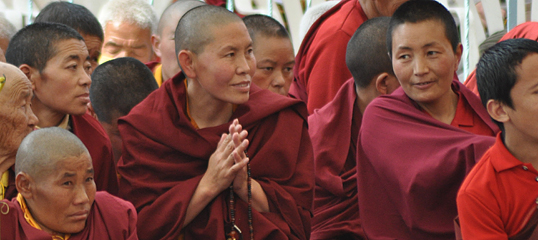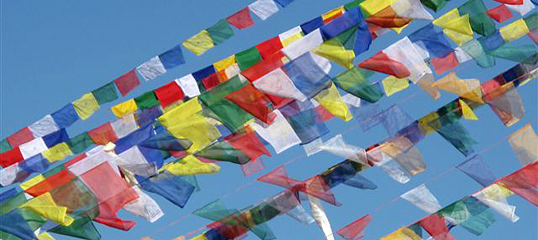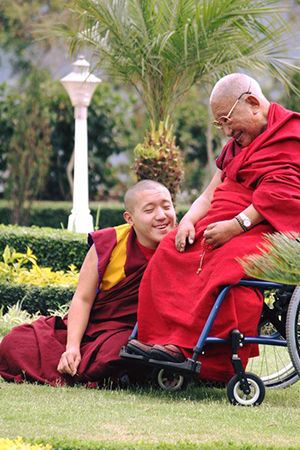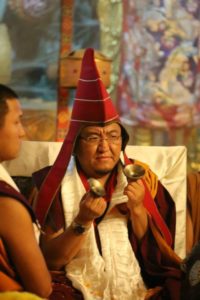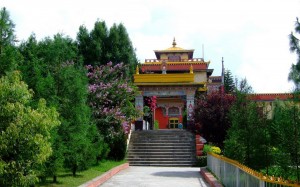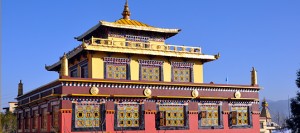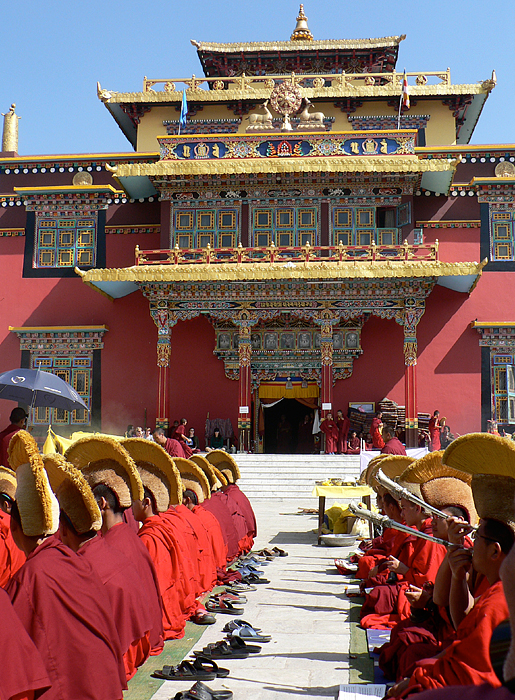The Original Shechen Monastery in Tibet
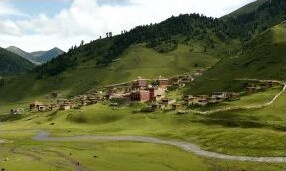
Shechen Monastery in Tibet
Shechen Monastery, one of the six “Mother” Nyingma Monasteries of Tibet, was founded in 1695 by Shechen Rabjam Tenpé Gyaltsen who was sent to Kham for this purpose by the Fifth Dalai Lama. (Some sources say it was established by Gyurme Kunzang Namgyal, the second Shechen Rabjam Rinpoche, in 1734). It became, gradually, the head of a network of around 160 satellite monasteries situated all over the Himalayan region. Rapidly becoming renowned for the authenticity of the teachings at its shedra and for the quality of its sacred arts, it became one of the six main monasteries of the Nyingma tradition. Many great masters came from Shechen Monastery including Shechen Gyaltsab, Shechen Kongtrul, Khenpo Gangshar, and the sage Mipham Rinpoche. Dilgo Khyentse Rinpoche, Chögyam Trungpa and many other important 20th century teachers received teachings at the monastery.
The original Shechen Monastery was destroyed during the Chinese occupation of Tibet in the late 1950s. In 1985 when Dilgo Khyentse Rinpoche returned to Tibet after more than twenty-five years in exile, he found nothing but ruins. Thanks to his inspiration and to the unchangeable strength of mind of the Tibetan people the monastery is now rebuilt and, despite the difficult situation in Tibet, its activities have partially been resumed.
Shechen Tennyi Dargyeling Monastery in Nepal
In exile, Dilgo Khyentse Rinpoche transplanted the rich tradition of the original Shechen Monastery to a new home — a magnificent monastery near the great Stupa of Bodhnath, Nepal. It was his wish that this monastery would maintain the philosophical, contemplative, and artistic traditions of the mother monastery.
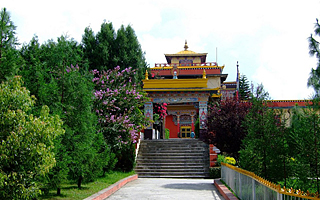 In 1980, Dilgo Khyentse Rinpoche began building Shechen Tennyi Dargyeling Monastery in the Kathmandu Valley. For almost ten years, master craftsmen, stonemasons, sculptors, painters, goldsmiths, and master tailors worked to make the monastery one of the most beautiful examples of Tibetan art. Kyabje Dilgo Khyentse Rinpoche supervised all the aspects of the work with the greatest attention to detail.
In 1980, Dilgo Khyentse Rinpoche began building Shechen Tennyi Dargyeling Monastery in the Kathmandu Valley. For almost ten years, master craftsmen, stonemasons, sculptors, painters, goldsmiths, and master tailors worked to make the monastery one of the most beautiful examples of Tibetan art. Kyabje Dilgo Khyentse Rinpoche supervised all the aspects of the work with the greatest attention to detail.
The monastery is guilded with gold and filled with immensely beautiful artworks and statues. The walls of the main temple are covered with frescoes depicting the history of Tibetan Buddhism and the important teachers from its four main schools. The monastery has over 150 statues and one of the largest Tibetan libraries in the East with a collection of over 15,000 documents on Himalayan Buddhist art. It also hosts the Tsering Art School for the preservation of Tibetan culture and sacred arts. Shechen Publications has reprinted over 300 volumes of Buddhist scriptures over the last 30 years. The Shechen Clinic treats 50,000 patients every year from all parts of Nepal, most of them for free. The monks at the monastery try to serve the spiritual needs of the community and they organize events for the public.
The present abbot of Shechen Monastery is the seventh Shechen Rabjam Rinpoche, the grandson and spiritual heir of Dilgo Khyentse Rinpoche.
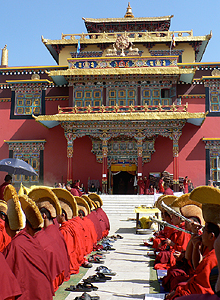 Four hundred monks study and live at the monastery. They receive a rich education that includes Buddhist philosophy as well as music, dance and painting. The elementary school offers a complete education combining traditional subjects with a modern curriculum. After this school the monks begin a two-year course that includes memorization of liturgical texts, learning ritual musical instruments, training in sacred chants and dances, as well as pursuing their meditation sessions.
Four hundred monks study and live at the monastery. They receive a rich education that includes Buddhist philosophy as well as music, dance and painting. The elementary school offers a complete education combining traditional subjects with a modern curriculum. After this school the monks begin a two-year course that includes memorization of liturgical texts, learning ritual musical instruments, training in sacred chants and dances, as well as pursuing their meditation sessions.
In 1989, Rabjam Rinpoche established The Shechen Institute for Higher Buddhist Studies (a philosophical college or shedra) at the monastery. Changling Rinpoche teaches senior monks at this shedra and he guides those on the traditional three-year retreat. Over 100 students are enrolled in its nine-year curriculum. Many of the graduates are now teaching throughout the world.
Ceremonies are conducted throughout the year including drupchens which last nine consecutive days and nights. An annual two-day sacred dance festival is held in the monastery’s courtyard. Khyentse Yangsi Rinpoche, the reincarnation of Dilgo Khyentse, presides over all the major ceremonies.
Throughout the year, Shechen monks organize events for the public and serve the spiritual needs of the local community. Every summer the monks participate in the traditional summer retreat practiced since the time of the Buddha.
The monastery provides for the monks’ complete education in addition to covering all expenses for their food, shelter, clothing, and medical care.
HH Kyabje Taklung Tsetrul Rinpoche
HH Kyabje Taklung Tsetrul Rinpoche passed away in Bodhgaya, India, on December 23, 2015. He was the Supreme Head of the Nyingma Lineage and the principal lineage holder of the Northern Treasures lineage.
Kyabje Taklung Tsetrul Rinpoche was born in central Tibet in 1926. Recognized as an incarnation of the great master Ngok Chöku Dorje, he began his studies at the age of five in the monastery of Taklung Tse. At the age of eight he went to the famed Dorje Drak Monastery to continue his studies and underwent rigorous training, becoming proficient in all rituals and arts. He received the complete teachings and empowerments of the Northern Treasures, and was appointed main Khenchen of Dorje Drak Monastery. He also received Dzogchen teachings from Polu Khenpo Dorje, a direct disciple of Khenpo Ngakchung.
After the Chinese Cultural Revolution in 1959, Rinpoche fled Tibet for India. In exile, he continued to seek out and receive teachings and transmissions from numerous masters of the Kagyu and Nyingma lineages. He established a new Dorje Drak Monastery in exile in Shimla, India, and advised and led the local community. He accepted the request to become the Sixth Head of the Nyingma Lineage in 2012.
Kyabje Taklung Tsetrul Rinpoche kindly bestowed the Northern Treasures and other empowerments on many teachers, including Dilgo Khyentse Yangsi Rinpoche. The previous Dilgo Khyentse Rinpoche and Shechen Rabjam Rinpoche also received the Changter and other empowerments from Taklung Tsetrul Rinpoche in Nepal.
He traveled extensively throughout the West and Asia, especially during the last three years, bestowing numerous empowerments and teachings to thousands of students. In 2015 he kindly visited Shechen Monastery in India and Shechen Orgyen Chodzong Nunnery in Bhutan. His passing is a great loss to all of us. Prayers for his swift rebirth and for the fulfillment of his activities are being done in Shechen Monasteries and Nunnery.
We pray that Kyabje Taklung Tsetrul Rinpoche’s emanations will swiftly reappear to continue benefiting the Dharma and beings.
(Story adapted from Shechen Monastery newsletter of February 2016.)
Shechen Guest House
Shechen Guest House belongs to Shechen Monastery and is inside the Monastery compound, just a few minutes walk from the Great Boudhnath Stupa near Kathmandu.
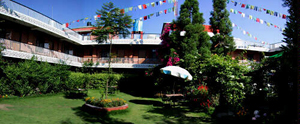
Shechen Guest House
The Guest House was constructed in the early 90’s at the wish of Shechen Rabjam Rinpoche. It offers visitors and pilgrims a lush courtyard garden, rooms with bathrooms and hot water, laundry service, internet access and a vegetarian garden restaurant.
All profits from the Guest House go toward the education, food, clothing and other daily needs of the Shechen monks.
Visit the Shechen Monastery website here.

